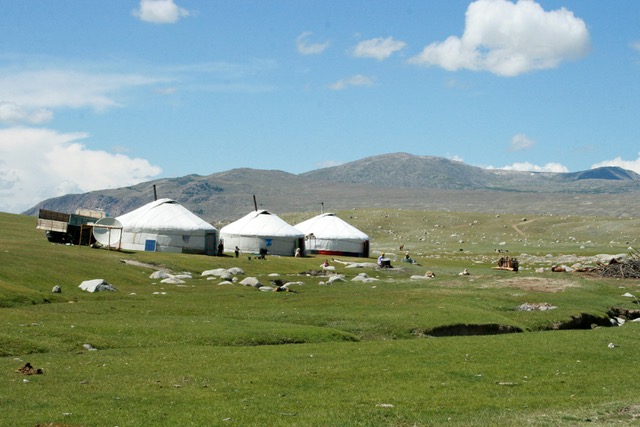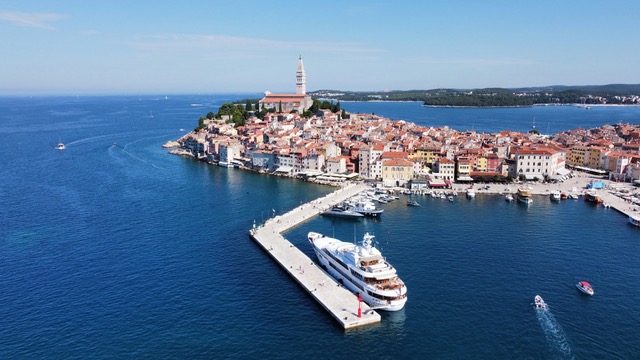USAID Mongolia Competitiveness Initiative and Exercise (MCI)

USAID Mongolia Competitiveness Initiative and Exercise (MCI)
JAA conducted a competitiveness exercise across Mongolia with engagement and presentations to the Prime Minister, parliament, cabinet ministers, university faculties, and industry partners. Through this work with three industry industries – tourism, cashmere and meat – strategic action plans were developed and implemented by the clusters themselves. In the tourism industry, JAA helped establish a public-private sector “task force” to address constraints to their competitiveness at the policy and regulatory level. Among the most notable reforms was the government’s modification of tour camp standards and guide certifications, which allowed the industry to deliver services that meet the needs of tourists. Improving the adventure tourism segment, a new branding strategy was developed and new adventure travel products created. The project facilitated a meeting of 50 public and private sector leaders to overhaul the structure of the Mongolian Tourism Association, supporting it to be a more representative cluster and member-service oriented. The Association took on a more proactive marketing role in conjunction with the Mongolian Advertising Association and the Tourism Board, leading to a unified marketing design that promoted Mongolia as an adventure destination through multi-purpose brochures and marketing pieces shared by the entire tourism. JAA worked with Mongolian airline MIAT to provide complementary seats for travel agents on familiarization trips, as well as travel writers and photographers invited to Mongolia by tour operators for marketing purposes. The MCI also helped negotiate new flight routes within the country, so tourists did not have to fly in and out of Spoke to reach remote regions. These initiatives helped turn around a three-year decline in tourist arrivals and shift the percentage of low-paying Asian “package” tours to higher paying European and North American adventure tourists, particularly from Spain and Scandinavia. Within two years, tourist arrivals more than doubled, and stakeholders became more focused on high-value niche consumers to increase revenues. Much of the economic growth strategy was eventually adopted by the government for the tourism industry, but also for the meat and cashmere sectors.
Duration: 1999-2002



